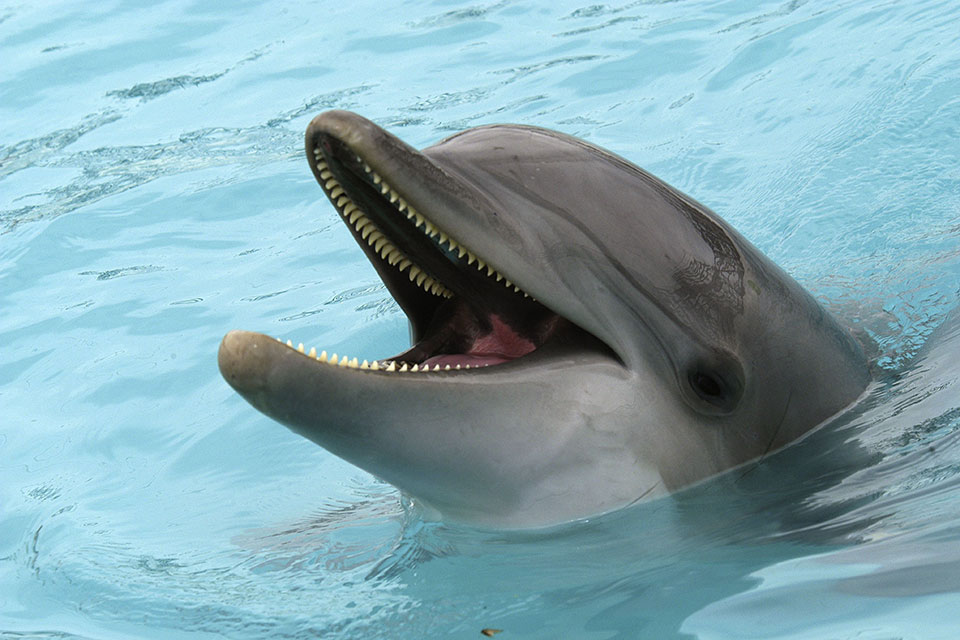Dolphins sleep with one eye open in order to avoid being eaten by sharks the ability to stay partially conscious also allows them to continue to get air while sleeping

Dolphins Sleep with One Eye Open: Avoiding Sharks and Staying Alert

Dolphins, with their vibrant personalities and incredible acrobatic skills, have always fascinated humans. These intelligent marine mammals are known for their playful behavior, exceptional communication abilities, and unique social structures. However, one fact that sets them apart from many other animals is the peculiar way they sleep.
Contrary to popular belief, dolphins do not sleep like humans or most other animals. These remarkable creatures engage in a behavior known as unihemispheric sleep, where they rest only one side of their brain at a time. This allows them to stay partially conscious while sleeping, ensuring their survival in the vast, often dangerous ocean.
In the oceanic world, being aware of potential threats is crucial for survival. Dolphins face significant dangers, especially from their not-so-friendly neighbors – sharks. Sharks are natural predators of dolphins and, though instances of such encounters are relatively rare, they remain a constant threat. To counteract this risk, dolphins have evolved a remarkable mechanism that allows them to sleep while keeping an eye open for potential danger.

By sleeping with one eye open, dolphins can keep a lookout for approaching sharks or other potential predators. This perpetual partial consciousness ensures that they are always ready to react swiftly, evading any threats that may come their way. The ability to stay partially awake also allows dolphins to continue breathing even as they snooze, a crucial requirement for marine mammals that require periodic access to air.
The unihemispheric sleep pattern in dolphins is a result of their unique brain structure. These marine mammals have the ability to independently shut down one side of their brain while the other side remains active. By alternating between sleep and wakefulness for each hemisphere of their brain, dolphins can reap the benefits of both rest and vigilance simultaneously.
Interestingly, this form of sleep adaptation is not unique to dolphins. Other marine animals, such as seals and whales, also exhibit similar sleeping patterns. This shared adaptation among various marine species suggests that the unihemispheric sleep pattern is deeply rooted in the challenges of marine life.
To summarize, dolphins sleep with one eye open, not only to protect themselves from sharks and other predators but also to maintain a constant supply of air. This remarkable adaptation has allowed dolphins to thrive in the vast, unpredictable ocean and ensured their continued survival throughout the ages.
Sources:
Related Posts
Quick Links
Legal Stuff

